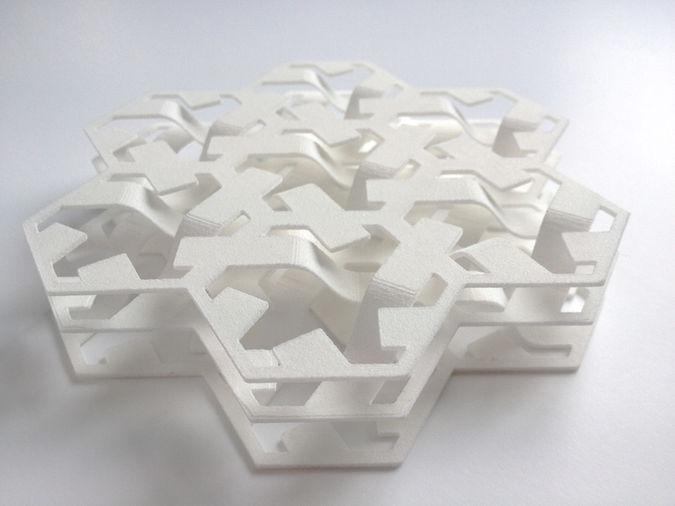Biomimicry 3D printed soft seat
Biomimicry; 3D Printed soft seat is the starting phase of Lilian’s extensive research to organic structures in order to optimize the soft seating industry.

YEAR
2014
CLIENT
GRADUATION PROJECT POST GRADUATE COURSE INDUSTRIAL DESIGN, KABK, THE HAGUE
TYPE OF WORK
BIOMIMICRY, PRODUCT DESIGN
COLLABORATION
3D PRINTED WITH THE SUPPORT OF 3D SYSTEMS BENELUX
What if, every time I started to invent something, I asked, 'How would nature solve this?' -Janine Benyus
Soft Seating Design with Biomimicry and 3D Printing
In her graduation project for the Post Graduate Course in Industrial Design at KABK, Lilian Van Daal reimagined the soft seating industry by combining biomimicry principles and innovative 3D printing technology. Her work challenges the traditional approach to furniture manufacturing, which often relies on multiple materials sourced globally and assembled with non-recyclable chemical adhesives like glue. This method complicates recycling and upcycling, contributing to environmental waste.
Biomimicry: Learning from Nature’s Genius
Nature provides endless inspiration for sustainable design. Lilian studied the efficiency of natural single-material patterns, such as plant cells and spiderwebs, which perform multiple functions simultaneously. By mimicking plant cell structures, she developed a chair design where material density could be reduced for flexibility in seating areas and increased where strength is required. This innovation ensures comfort, durability, and efficiency—all inspired by nature.
3D Printing: Local and Sustainable Production
Using advanced 3D printing techniques, Lilian explored how material distribution affects the behavior of structures. This approach allowed her to create a chair where some sections are soft and others rigid, tailored to personal ergonomic needs. The result? Soft seating made from a single material, eliminating the need for complex assembly or multiple components.
3D printing also supports local production, drastically reducing carbon emissions associated with transporting materials and products across global supply chains. Is it possible to print furniture in the future in one place, with minimal environmental impact?
























